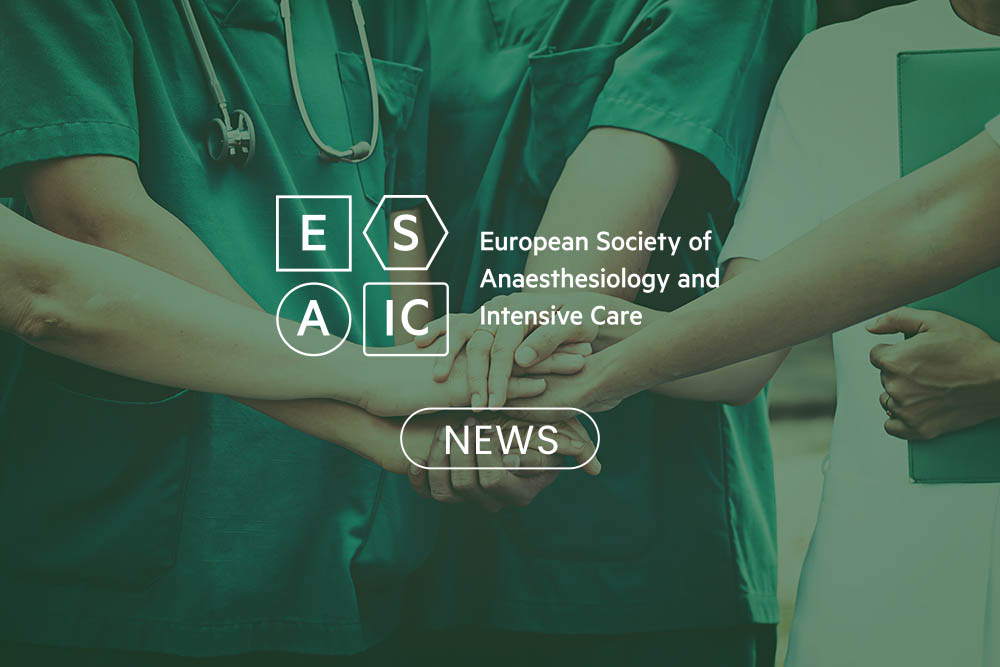Published
Management of Postoperative Nausea and Vomiting
Gan, Tong J. MD, MBA, MHS, FRCA*; Belani, Kumar G. MBBS, MS†; Bergese, Sergio MD‡; Chung, Frances MBBS§; Diemunsch, Pierre MD, PhD‖,¶; Habib, Ashraf S. MBBCh, MSc, MHSc, FRCA#; Jin, Zhaosheng MBBS, BSc*; Kovac, Anthony L. MD**; Meyer, Tricia A. PharmD, MS, FASHP, FTSHP††,‡‡; Urman, Richard D. MD, MBA††††; Apfel, Christian C. MD, PhD§§; Ayad, Sabry MD, MBA, FASA‖‖,¶¶; Beagley, Linda MS, RN, CPAN, FASPAN##; Candiotti, Keith MD***; Englesakis, Marina BA (Hons), MLIS†††; Hedrick, Traci L. MD, MSc‡‡‡; Kranke, Peter MD, MBA§§§; Lee, Samuel CAA‖‖‖; Lipman, Daniel DNP, CRNA¶¶¶; Minkowitz, Harold S. MD###; Morton, John MD, MPH, MHA****; Philip, Beverly K. MD††††
This consensus statement presents a comprehensive and evidence-based set of guidelines for the care of postoperative nausea and vomiting (PONV) in both adult and pediatric populations. The guidelines are established by an international panel of experts under the auspices of the American Society of Enhanced Recovery and Society for Ambulatory Anesthesia based on a comprehensive search and review of literature up to September 2019. The guidelines provide recommendation on identifying high-risk patients, managing baseline PONV risks, choices for prophylaxis, and rescue treatment of PONV as well as recommendations for the institutional implementation of a PONV protocol. In addition, the current guidelines focus on the evidence for newer drugs (eg, second-generation 5-hydroxytryptamine 3 [5-HT3] receptor antagonists, neurokinin 1 (NK1) receptor antagonists, and dopamine antagonists), discussion regarding the use of general multimodal PONV prophylaxis, and PONV management as part of enhanced recovery pathways. This set of guidelines have been endorsed by 23 professional societies and organizations from different disciplines (Appendix 1).









